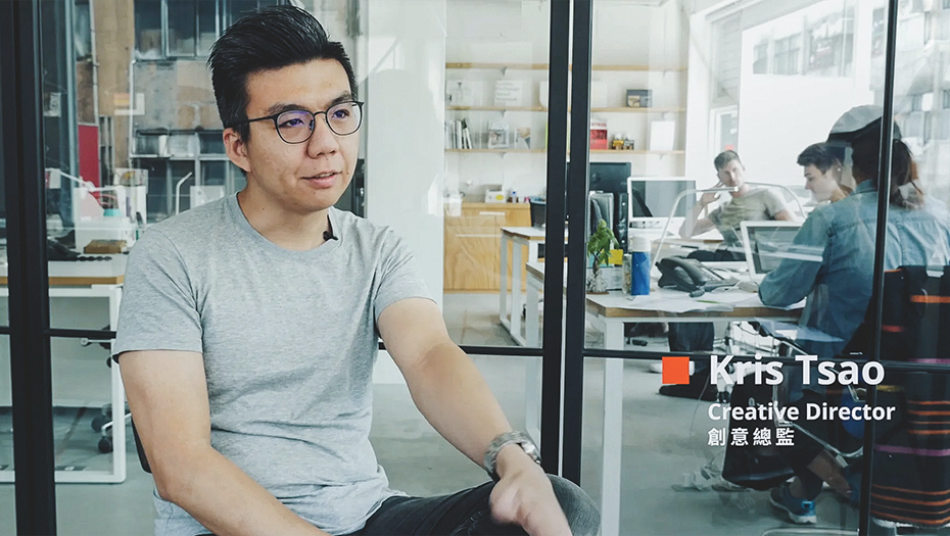The best and worst brand names in Taiwan
-
- Chris W. Hubbard
- Communications Strategist
Taiwan may be a small country, but its brand ambitions are large. In the past, creating powerful brand names that could hold their own internationally, probably wasn't at the top of anyone's priority list. But today, as increased competition from China and the rest of Asia—and frankly, the whole world—demands Taiwanese companies become more brand savvy, choosing the right name has become an essential component for reaching the top—of any list.
The brand name is usually the first point of reference anyone has with a company, their products, or services. This remains as true in Taiwan as it does in the rest of the world. If the name is weak: looks like a typo, doesn't make sense, is uninspired, or limits future growth as a brand, it can have a long-lasting effect on brand perception that can often be, but not always, impossible to remedy.
While Taiwan still has its fair share of poorly named brands and products—as any country in the world has—there is an increasing number of brands who are doing things right. Here are my picks for the best and worst brand names in Taiwan.
THE BEST BRAND NAMES IN TAIWAN:
This hotel brand name has always been one of my personal favorites in Taiwan. It's direct and meaningful and suggests exactly the kind of place I want to stay when traveling away from home. The word Cozzi, a play on cosy, easily conjures up images of ultra comfortable beds and sofa chairs—the kind that I want to sink into, and relax forever. The letterforms are visually interesting as well, with the Z’s reassuring me that's exactly what I'll be getting a lot of if I stay at Cozzi.
As fun to say as their scooters are to ride, the word Gogoro might not be a real word, but it’s as unique as they come in Taiwan. Without even knowing the true story behind the name, I feel it’s suggestive enough to give me a positive perception of the brand personality. Visually it feels appropriate as well. All those O’s and G’s give the name itself a scooter-like look and feel that make it almost impossible to forget.
This name is good for a number of reasons. For one, it's meaningful. The word "Dùa" is the Taiwanese word for the Mandarin word "Zhu", which in English means "the physical place in which you live." Like your house. However, the Taiwanese word goes much deeper than that, referencing the place in which you truly live your life. Although the name is meaningful, it's actually very common, and using common words for brand names is not always easy for Taiwanese brands. It shows a lot of confidence to not only use a common word but use a Taiwanese one as well.
While PhotoFast might not appear to be the most creative brand name out there, it works pretty darn well as a descriptive name for a product that could easily be confused for a multitude of other computer-related USB-looking devices. Sometimes, a wildly unique name isn't what a brand actually needs for it to succeed. Sometimes, it just needs to say what it is. Knowing when that is—and is not—the case is the tricky part.
Here is a good example of a name I didn't like at first, yet has grown on me over the years. The name is plenty evocative for a brand that's at the top of their game—the ace if you will—of computers, smartphones, and gaming technology. While I don't feel their current logo does the name much justice, I do feel the letter-forms work very well together; creating a visual presentation that feels very appropriate for a technology brand.
THE WORST BRAND NAMES IN TAIWAN:
If I can't pronounce it with confidence, then I'd be willing to wager that nobody anyone outside of the company can either. One of the biggest mistakes a brand can make is creating a name that looks like it might be a typo, or worse, a prescription allergy medication.
For a brand that's focused on connectivity and "linking" technology—for homes, devices, computers and more—a name that sounds like "delink" doesn't seem to be the perfect fit. A name like this is a great example of a company unnecessarily incorporating elements of a previous name—in this case, the "D" from Datex—rather than creating a name that's not only right for their brand but also simple and able to stand the test of time.
In linguistics, when two words are combined to create a new one, it's called a portmanteau or blend word. Creating blend words can be an extremely creative way to name a brand. FedEx is a well-known brand with a blend name. But creating blend names that don't sound forced—or worse, clichéd—can be a very difficult thing to achieve. It took me a total of two-seconds to think "luxury generation" when I saw this name. Using "generation" in any name, is currently about as cliché as it gets. They do save some face with their cars, however, which are actually pretty cool-looking.
MEGA INTERNATIONAL COMMERCIAL BANK
Really, are you mega? I guess that means you're like, really really really big. This is probably the least subtle name I've ever seen in Taiwan
I don't hate this name any more than the people who run this successful mobile technology company do. They've even poked fun at the name themselves in a funny series of commercials—featuring Robert Downey Jr.—that aim to explore what the acronym might actually mean. It honestly isn't the worst name ever, but it's not great and is a good example of a name that a brand got stuck with because they got too big to change it.
IN CONCLUSION:
Creating great brand names isn't easy, but it's not impossible, and there's no one type of name that is always right or always wrong. The key to developing great brand names always lies in understanding what it is you're trying to communicate, as well as your brand personality and your long-term brand strategy. If you can nail those three things, chances are you'll end up with a name that's better than good, even one that's great.




